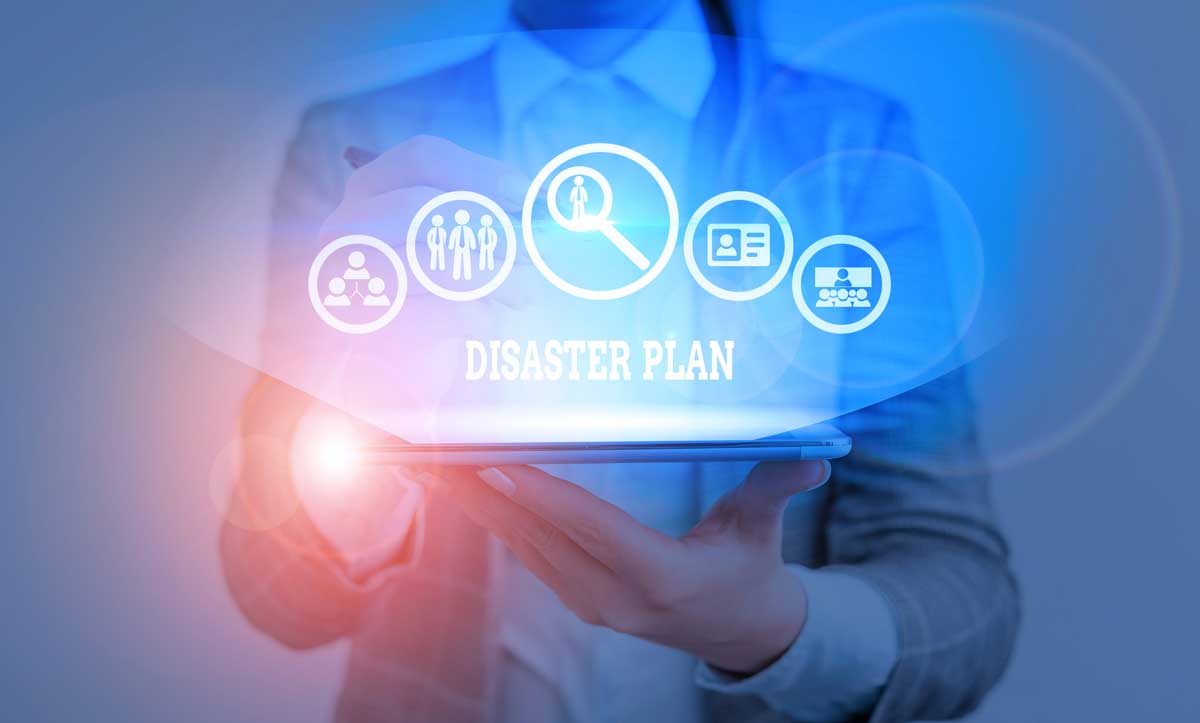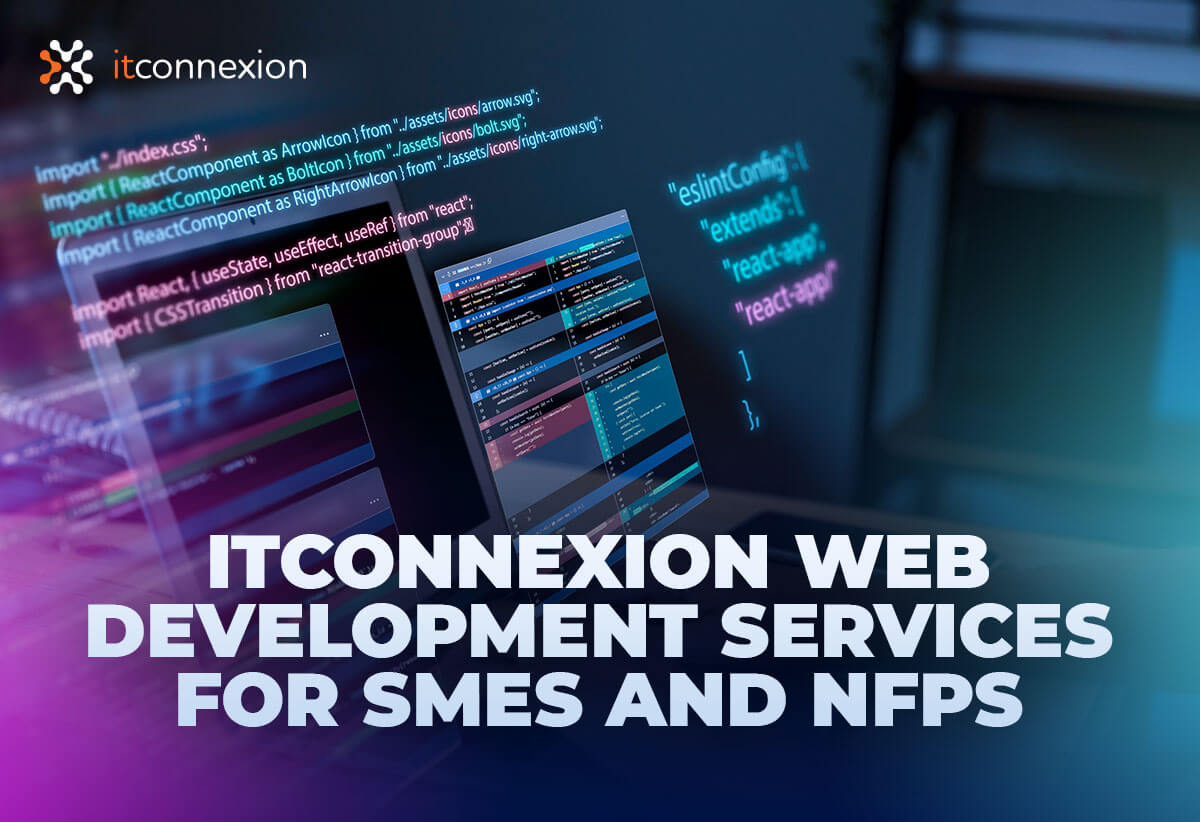Partnering with an IT managed services provider to refresh your company’s disaster recovery plan can help you identify more risks and protect your company from data loss. According to ITConnexion’s research, 43% of companies never totally recover from a disaster.
Even if you’ve established a fool-proof data loss response, you have to continually test your disaster recovery plan to keep up with new technologies, vulnerabilities and cyber-attack strategies. In this article, ITConnexion will share essential disaster recovery plan steps and how to ensure your company is prepared for whatever the digital world throws your way.
Disaster Recovery Plan Steps to Success
A disaster recovery plan outlines every security threat your company faces. It assesses your vulnerabilities and challenges, data backup security and how your company will restore data in the event of a breach.
Your company’s IT managed services provider should set regular dates to review and test your disaster recovery plan. These reviews will include:
Assessing Change Factors
Technology is constantly changing, both within and outside of your company. One software update can make your company vulnerable to cyberattacks it could previously block.
Internal change factors include:
- Hardware/Software Updates
- Legacy Applications
- Staffing and Structure Changes
- New Facilities
External change factors include:
- Regulatory Changes
- Policy Adoption
- Vendor Partnerships
- Technological Innovations
- New Vulnerabilities
- New Solutions
- Outsourced DR Site
- Remote Workforce
Analysing Risk and Threat Data
When you test your disaster recovery plan, you should analyse data from security breach attempts and successes to identify your vulnerabilities. Maybe your employees have clicked multiple phishing links over the past few years. That’s a sign to increase your cybersecurity awareness training. Perhaps your hardware overheated and you lost your local backups. That’s a sign to move to a cloud-based data backup solution.
What’s The Difference Between Disaster Recovery and Backups?
Having a reliable backup solution is a key component of your company’s disaster recovery plan. The main difference between disaster recovery and backups is that how you backup your data influences your disaster recovery plan steps. For example, if you backup your data to the cloud, you should make sure that you have a way to transfer lost data back to your company’s devices. If you backup your data onto local external drives, then your disaster recovery plan should include how you would respond to a natural disaster destroying the drives.
Get Your Disaster Recovery Plan in Melbourne
ITConnexion is Melbourne’s leading provider of cybersecurity services, including disaster recovery solutions. Our Disaster Recovery as a Service solution (DRaaS) is the most comprehensive way to secure your data and quickly restore it in the event of a data breach.
We conduct a holistic review of your company’s current IT landscape to identify vulnerabilities and ensure your disaster recovery solution addresses them all. If your company needs a disaster recovery review and update, call ITConnexion on 1800 06 49 61to set up a consultation.





